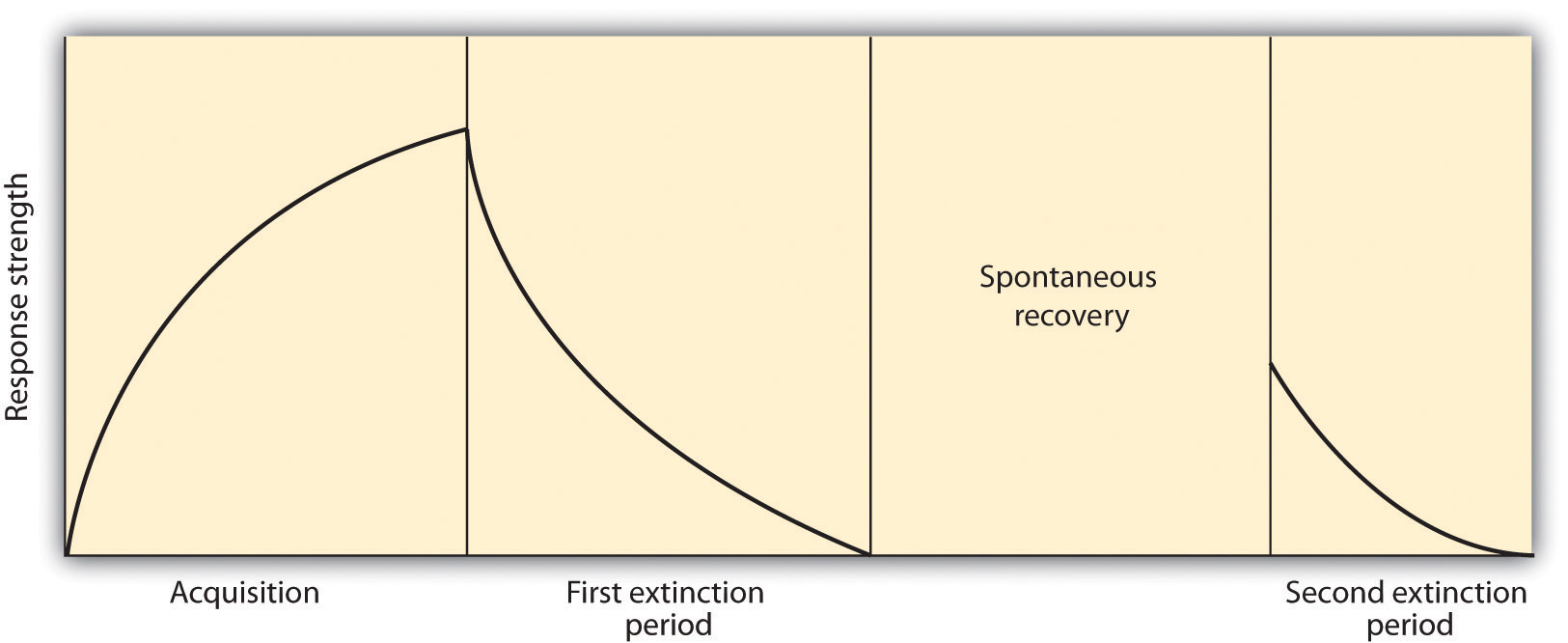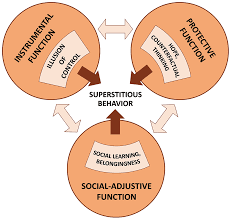Unit 4: Learning
What’s the best way to learn the following:
- How to play the flute- learn basic concepts, then apply learn more techniques, then apply, repetition, listen, practice everyday for 5-6 hours
- Spanish- Surround yourself with native speakers, watch Spanish shows with Spanish subtitles
- Shortest route to work- GPS, trial and error
- New phone #- memorize
A. Types of Learning
Classical Conditioning - You take a stimulus and associate it with a reaction
- When you train a dog or a baby
- Pavlov
Operant Conditioning- rewards and punishment
Observational learning - watching someone and copying them
Insight learning - Your brain puts together a pattern and gets an “aha” moment
- Wolfgang Kohler had a theory that we only learned through problem solving
- Conducted experiment where he hung a banana very high so chimps couldn’t reach it. Chimp eventually figured out that if it stacked boxes on top of each other, it could stand on top and reach banana
Latent Learning - You are learning all sorts of things without intending to do so
- Edward Tolman conducted an experiment where he put rats in a maze without treats. The next day he put treats in. The rat found the treat. Then he blocked the route. The rat rerouted very easily because it had already learned the maze and could navigate very easily.
Social Learning - The majority of what you learn you’re observing from other people and you don’t know you’re learning it (primarily parents)
- Albert Bandura (Bobo doll experiment) - Albert Bandura conducted an experiment where he put kids in a room filed with toys including the Bobo doll. Almost no one played with the doll. Then the adults got violent; they yelled and punched the doll. When the kids saw this, they repeated the behavior of the adults and became even more violent towards this doll.
B. Classical Conditioning (more deeply)
- NS (Neutral Stimulus)
- bell
- US (Unconditioned Stimulus)
- food
- UR (Unconditioned Response)
- drool
- CS (Conditioned Stimulus)
- bell
- CR (Conditioned Response)
- drool
!! Very common essay topic !!

| Acquisition | First Extinction Period | Spontaneous Recovery | Second Extinction Period |
|---|---|---|---|
| Learning the conditioned response (dog learning how to sit for a treat) | Forgetting the conditioned response (dog forgets how to sit on command) | The conditioned response returns briefly in an unpredictable way (can re-acquire conditioned response faster) | When the conditioned response is lost forever (Must starts over and retrain) |
Generalization - person attaches conditioned response to all stimuli that are similar (e.x. because you don’t like dentist drill sound you hate all other similar sounds. You get anxiety when you hear blender, etc.)
Stimulus discrimination- Your brain recognizes that similar stimulus are not the same (recognizes that blender sound is not the same as dentist drill)
- Use exposure therapy to go from generalization → stimulus discrimination
C. Operant Conditioning (John Watson) *behaviorism*
Operant Conditioning - Using rewards and punishments to change behavior
- Shows a rat to baby → no fear (NS)
- Bangs a hammer with steel to baby → cries in fear (US)
- Shows rat and makes loud noise to baby → cries in fear (NS+US)
- Shows a rat to baby (CS) → cries in fear (CR)
CER (Conditioned Emotional Response) - Humans have a natural emotional response to many kinds of stimulus where it’s impossible or extremely difficult to change (within ethical research)
- Humans naturally fear snakes, spiders, and heights
- Humans have natural attraction towards pretty people
- All of these responses result from evolution
- This is why you have natural responses to snakes but not modern items like cars
| Good / Rewarding “do want” | Bad / Aversive “don’t want” | |
|---|---|---|
| Positive “giving something” | }}Positive ReinforcementGood grades}}}}Money, candy, etc.}}}}Affection}} | [[Positive PunishmentBad grade, extra workChores, painFine, speeding ticket[[ |
| Negative “removing something” | [[Negative Punishmenttake phonegrounded, jailtaking away freedom and privilege[[ | }}Negative Reinforcement Removing a restrictionRemoving offensive stimulus (loud noise, bad smell)}} |
Escape - remove negative stimulus (turn off alarm)
Avoidance - Removing the person (avoiding preemptively, if you don’t like a class you remove yourself from the class)
D. Learned Helplessness - When a person learns that there is no hope in succeeding, causes low self-esteem
- Cause: Bad things happened to that person that were uncontrollable
- Because bad things happened in the past, you trick yourself into think that it will happen again
- E.x. - You bring home a report card, 7 As and 1 B. Mom says, ”Why do you have a B?”. The student thinks that even though they worked hard for those 7 As, all of their efforts were for nothing because mom only focuses on the negative. So the student stops caring about putting in effort for As.
- Learned Helplessness is a cognitive response to bad stimulus
- Causes people to be frustrated, give up before trying, and makes them feel hopeless
E. Superstitious Behavior - When a person attaches meaning to a random stimulus
Correlates outcome of something to random stimulus (I whistled inside so I lost money)

| Illusion of Control | Social Learning, Belongingness | Hope, Counterfactual Thinking |
|---|---|---|
| If I wear lucky shirt, I will win the game | You want to be part of a group so you follow their superstitions | Your brain likes to have an explanation for everythingCOVID-19 originated from China, therefore all Asians are bad^ I do not agree with this, just an example |
- Ritual - Beneficial, a superstition that reduces anxiety and helps to focus
- Superstition - Always bad/harmful and impedes behavior
- Has nothing to do with intelligence, you can be very smart and believe in superstitions. However it is negatively correlated to intelligence (more educated you are, less likely to believe in superstitions)
F. Biological Constraints on Learning
| Early Behaviorists | Evolutionary Adaptation |
|---|---|
| John Watson - Little AlbertSkinnerBelieved that all stimuli were equal and you could attach any behavior to any stimulus WHICH IS WRONG | Because of evolution, not all stimulus is equal (scared of spiders not kittens)Taste Aversion (Garcia Effect) - When you get sick from eating something and never eat it againGarcia experiment - John Garcia gives rats sugar water, they love it. Then poisons it so rats get sick. Poisons it again and rats never drink it again.Taste Aversion is one of the strongest biological barriers to overcome because taste is very uncomplicated |